News
News
FameLab international final 2025 at CERN
Join us on Tuesday, 25 November 2025 at 8.00 p.m. CET for the FameLab international live final at CERN Science Gateway!
Breakthrough in antimatter production
A new cooling technique means that the ALPHA experiment at CERN’s Antimatter Factory can produce antihydrogen atoms eight times faster than before
Novel beam sensors built to last
A team of accelerator scientists is testing the use of new, more resistant sensors based on hollow glass fibres to measure particle beams
When failure is good news
The software managing CERN’s compute workload has handled a massive stress test, far beyond normal operating conditions, designed to simulate the needs of the future
CERN showcases projects with environmental applications
The CERN Innovation Programme for Environmental Applications (CIPEA) supports over 25 projects seeking technological solutions for the benefit of the environment
CERN reaffirms its commitment to environmentally responsible research with the release of its 4th Environment report
CERN releases its 4th Environment report and sets updated environmental goals for 2030
Arts at CERN and the Nobel Prize Museum collaborate on the Collide residency
Arts at CERN and the Nobel Prize Museum launch the first open call for Collide Stockholm
CERN Council reviews feasibility study for a next-generation collider
At a dedicated meeting of the CERN Council on 6-7 November, delegates from CERN’s Member and Associate Member States reviewed the outcome of the Feasibility Study for the proposed Future Circular Collider
Biodiversity project takes flight
The “Ambient” initiative is using artificial intelligence to identify birdsong on the CERN sites and monitor biodiversity
